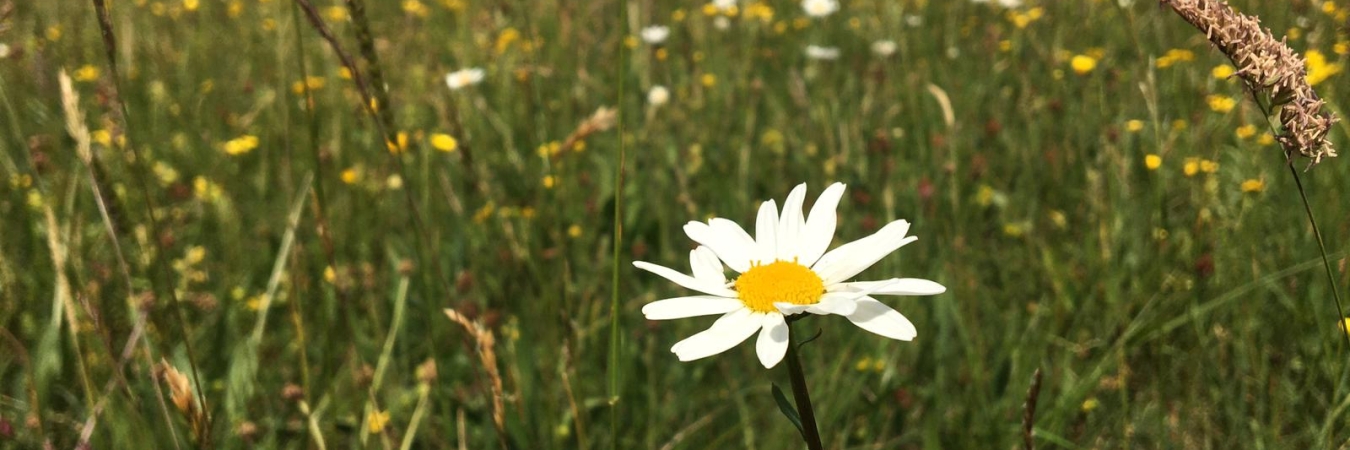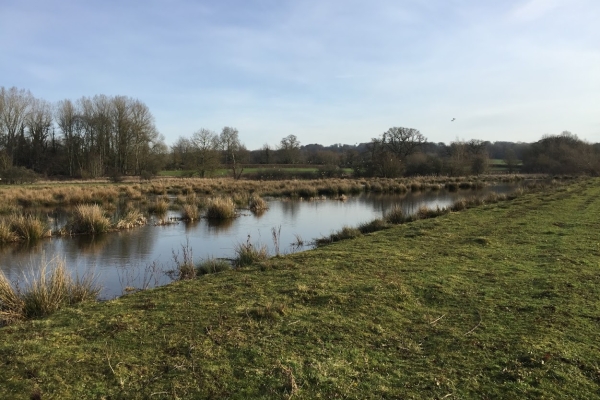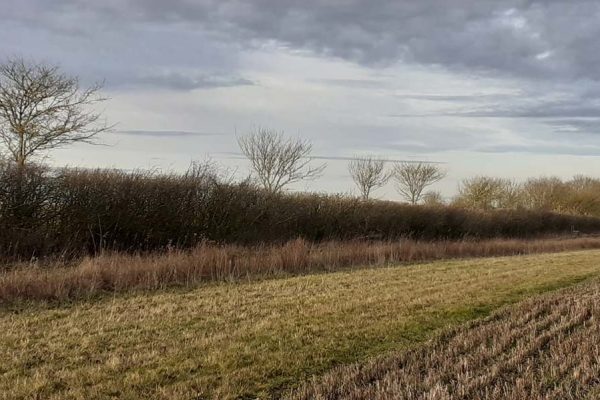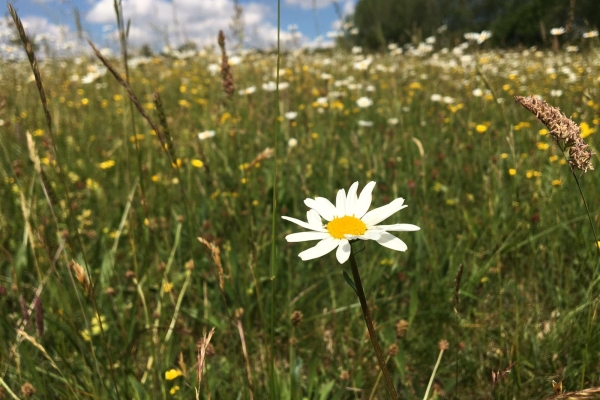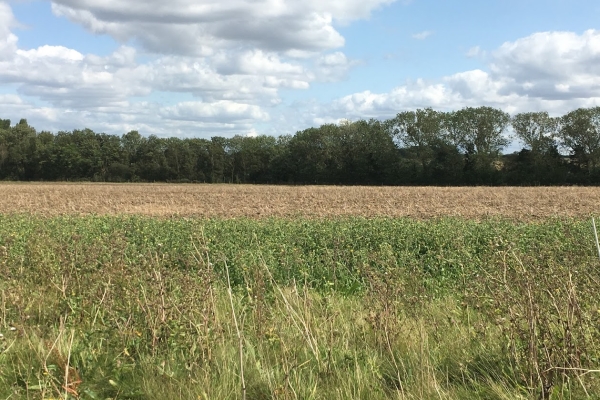Establishing a Wildflower Meadow
Wildflower meadows are an intrinsic part of our natural heritage and have been in decline over the last century. The rich flora and fauna provide an abundance of colour, a buzz of insects, and support a multitude of native species from butterflies to migrating birds and other wildlife.
Daylesford’s Tim Field talks us through the ways in which meadows can be established and managed in this video (filmed on June 1st). As we look at different examples, we explore the diversity that can be seen throughout Daylesford Farm. From the farmland pastures to the market garden and wetland, a variety of wildflowers have established including: yellow rattle, oxeye daisies, birdsfoot trefoil, orchids, ragged robin, knapweed, white campion, cowslips, and field scabious.
